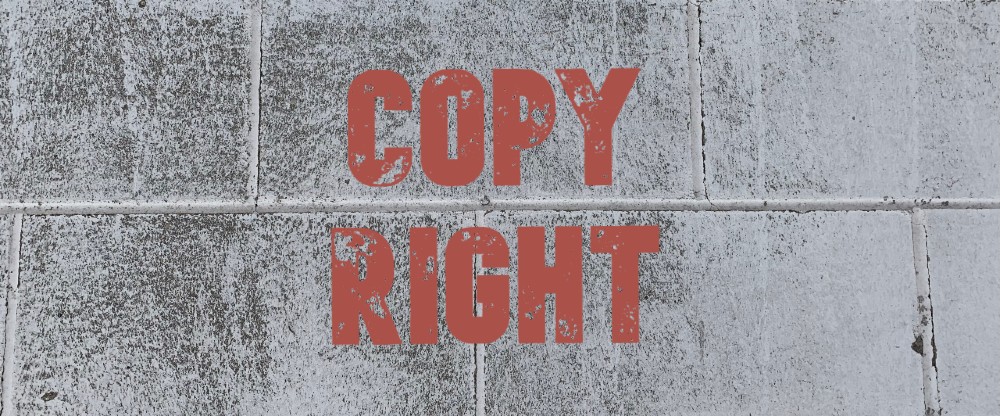
Plaintiff is an artist who designs macabre items, including a bat-themed mug. Defendant (Michaels, the well-known retail craft store) started selling a vase that plaintiff claimed infringed its bat mug copyright. So he sued for copyright infringement. Michaels moved to dismiss, arguing there was no substantial similarity between the works. And even if there were substantial similarity, according to Michaels, plaintiff had not sufficiently alleged that Michaels actually copied the work. The court rejected Michaels’ arguments and denied the motion to dismiss.
Actual copying can be shown by indirect evidence. To adequately plead indirect evidence of actual copying, one must allege, among other things, that the accused infringer could reasonably access the plaintiff’s copyrighted work.
In this case, the artist alleged facts sufficient to establish that Michaels could reasonably access the vampire bat mug. Specifically, plaintiff alleged that it advertised its products, including the vampire bat mug, on various social media platforms, such as Facebook, Pinterest, Instagram, and Tumblr. Through these social media accounts, plaintiff had allegedly reached at least 30,000 followers. In addition to its social media presence, plaintiff alleged it advertised the mug on the internet more generally, and sold it through online retailers, including Etsy, eBay, and Amazon. The court credited plaintiff’s allegations that plaintiff’s reach over the internet extended to customers all over the world, in particular customers in China, where designers and advertisers purportedly saw the mug. These allegations were sufficient to show that defendant could have reasonably accessed plaintiff’s work.
Dellamorte, LLC v. The Michaels Companies, 2022 WL 254427 (D. New Jersey, January 27, 2022)
See also:
